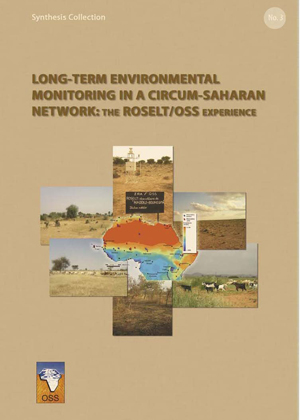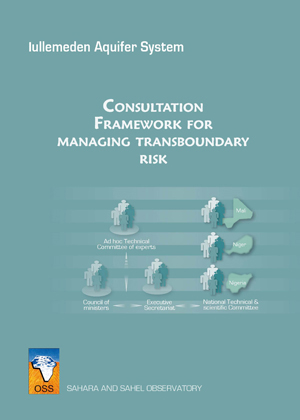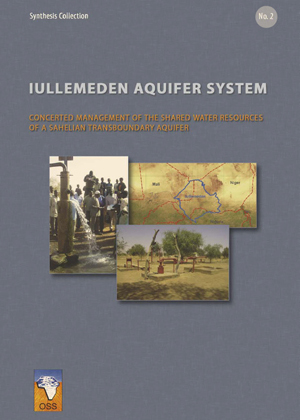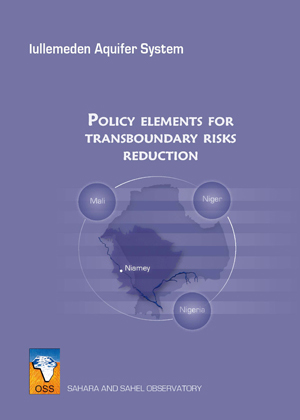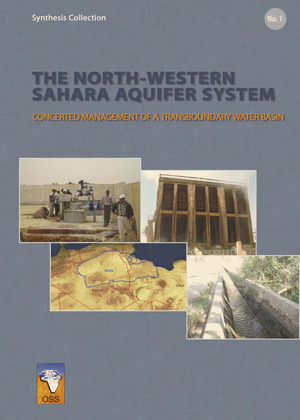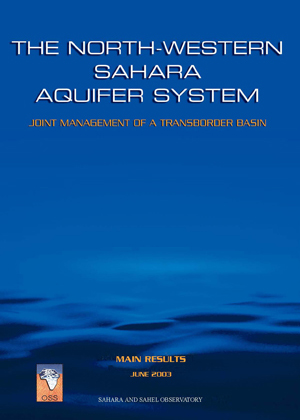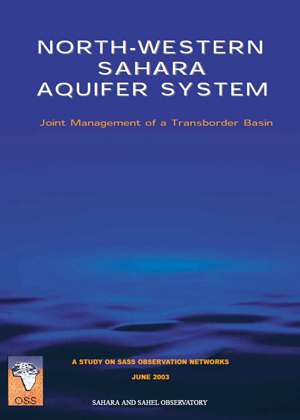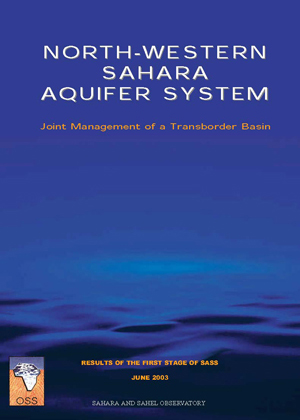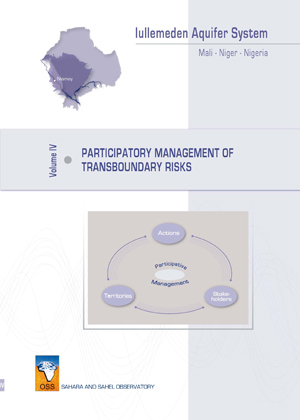The long term ecological surveillance observatories network (Réseau d'observatoires de surveillance écologique à long terme, ROSELT/OSS) of the Sahara and Sahel Observatory (OSS) consists of a cluster of observatories which span circum-Saharan Africa and share a common focus on the issue of desertification. Since its inception, the network has been addressing the challenge of improving the collective knowledge on desertification; a scourge that has complex linkages with the issues of biodiversity and climate change.
Over the last ten years, OSS has put in place standardised protocols of data collection and processing in the circum-Sahara with a view to apprehending the trends characterising the evolution of the ROSELT/OSS observatories’ ecological and socio-economic systems. In this part of Africa, where rainfall decrease is chronic in the Sahel and spreading to North Africa, population growth and land use change—due to overgrazing or the conversion of rangelands into croplands—have adverse impacts on the environment. In addition, sand encroachment constitutes a serious threat to irrigated farmland. Biodiversity is equally affected, as several species face the danger of extinction due to human activities.
In the south of the Sahara, natural resource depletion is often among the causes for migration towards the zones where climate and life conditions are more favourable. This forced displacement is significantly less severe in the north of the Sahara where policies put in place by governments in the sub-region encourage sedentary lifestyles.
Based on the scientific reports of the ROSELT/OSS observatories, this publication provides an overview of the data management systems and the decision-support tools developed across the ROSELT/OSS network. It also highlights difficulties pertaining to environmental surveillance in North and West Africa.

